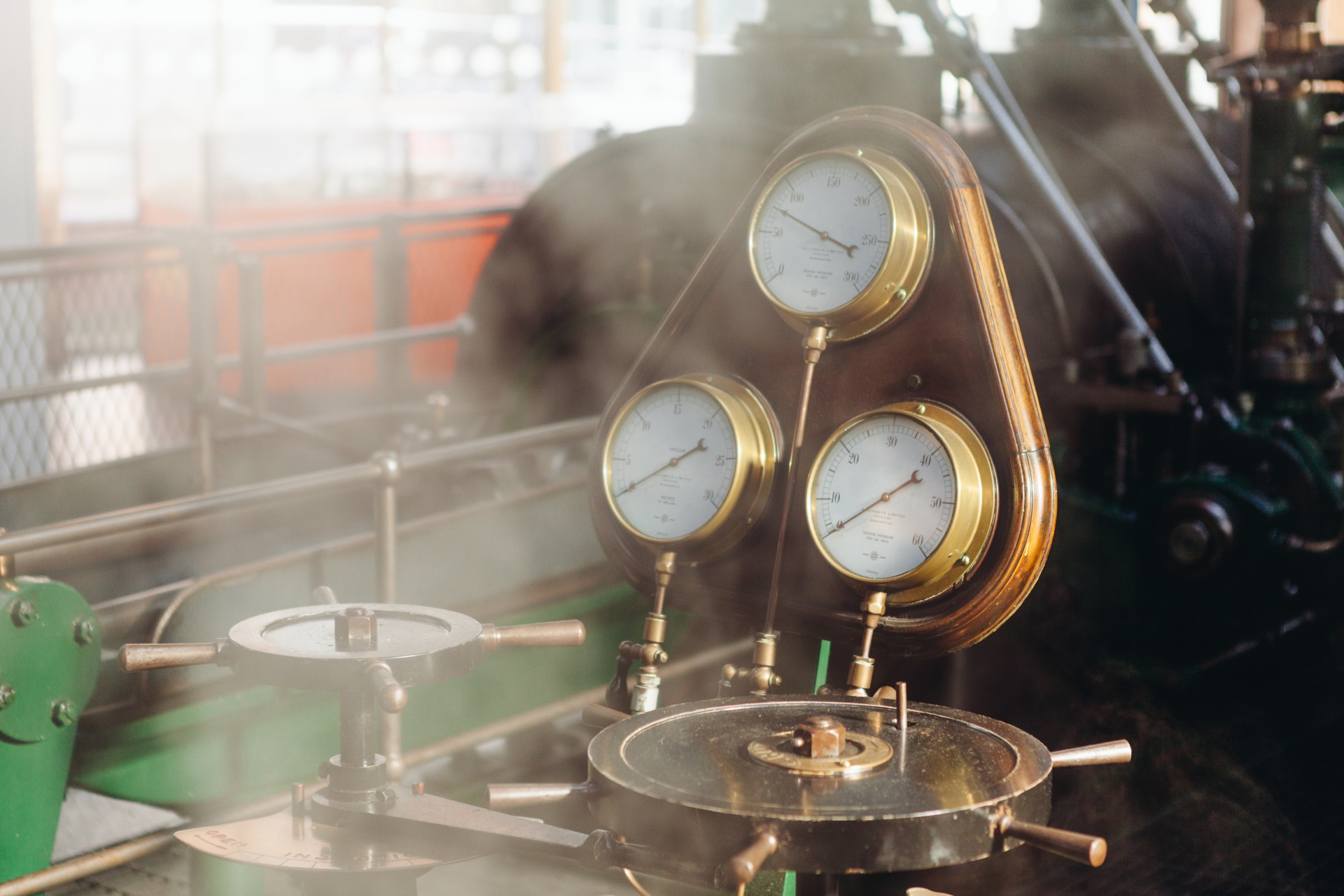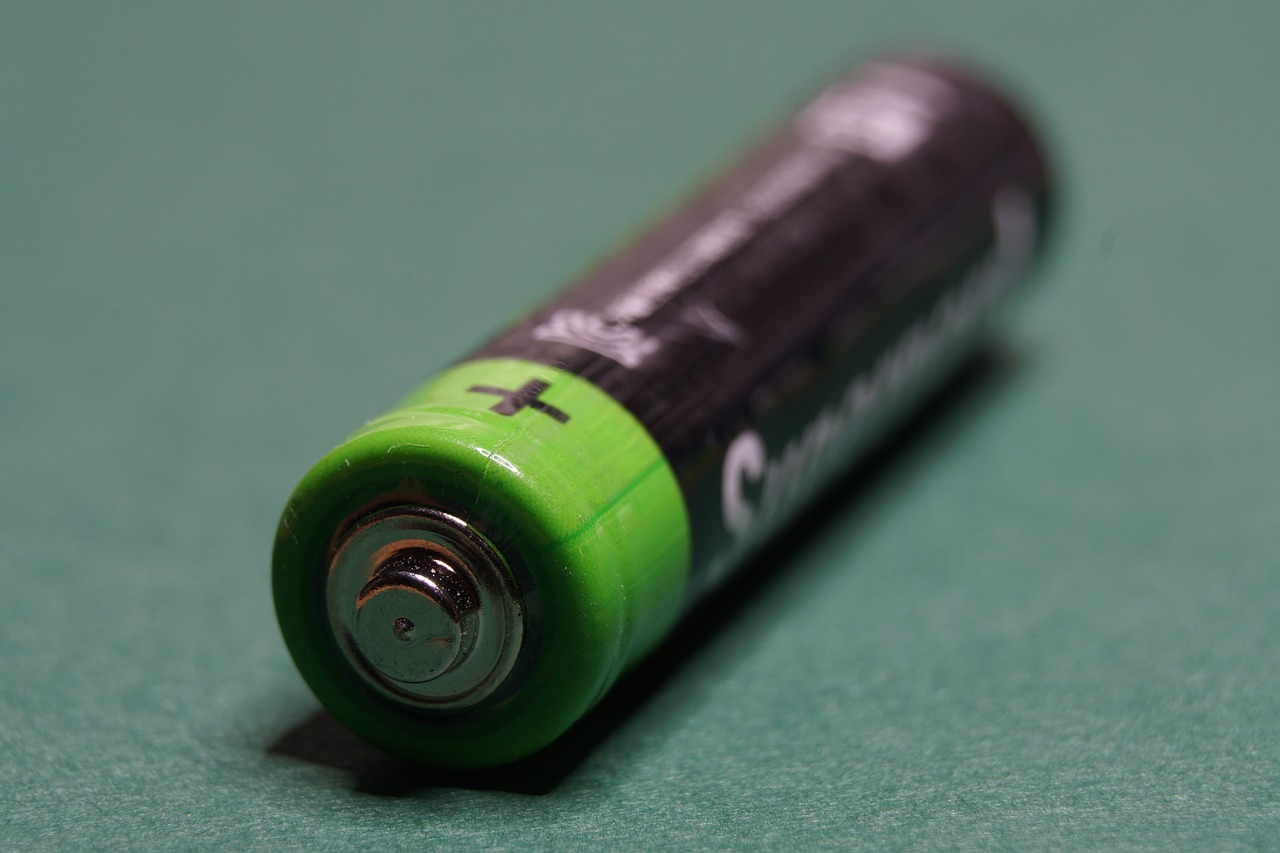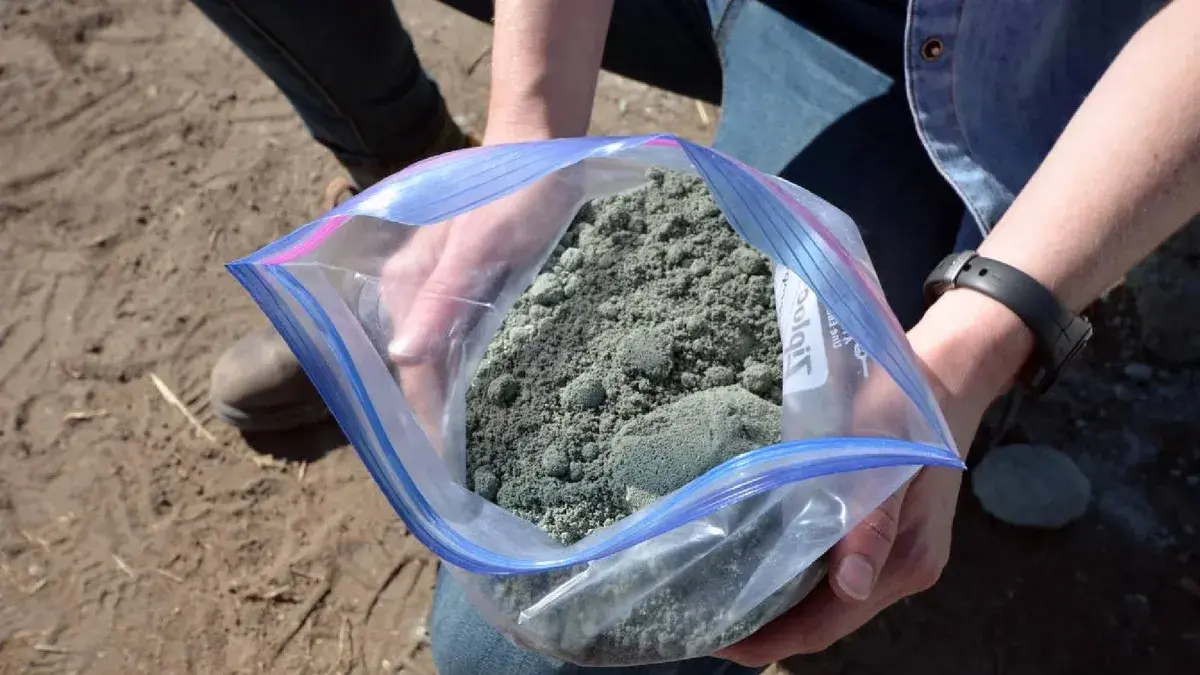Steam is widely used in many industries. The most common application for steam is the process of heating. High efficiency, reliability, simplicity of the system, and multiple benefits make steam an incredible option for process heating.
As we’ve said, steam offers tons of advantages. However, the challenge comes with the measurement. Serious consideration or attention is required in dealing with any process that makes use of steam to guarantee it keeps a business facility operating at best conditions and is safe.
In this case, a vortex flow meter can undoubtedly make a significant difference. Advantages like wireless data collection, minimal leak points, flexibility, lack of impulse lines, and accuracy, make vortex flow meters ideal for steam measurement.
Steam Applications
Vortex meters are flow meters for water, gas, and steam. When a vortex flow meter is used in a saturated or superheated steam application, it delivers multiple benefits.
As we all know, steam is used in many applications to go through various process needs. Also, it is used in many industries such as power generation, food and beverage, pharmaceutical, and chemical refining.
Steam, which is made from heated water to a carbonated state, increases in size and, correspondingly, can put pressure on the system. The steam’s heat distribution properties offer constant heating than other fluid or direct heating types of heat transfer.
Moreover, saturated steam is steam that has not reached the peak boiling point because of its pressure. It’s commonly used in sterilizing, drying, and heating applications for its high latent heat of vaporization.
Either temperature or pressure can be utilized to precisely reimburse for the density changes in the steam. On the other hand, saturated steam that has reached its peak boiling temperature is called superheated steam.
This steam can’t deliver excellent results for sterilization, drying, and heating because of its reduced heat transfer coefficient. Nonetheless, it does offer excellent work potential because of its towering internal energy properties. It is commonly used to generate power. Take turbine applications, for instance.
Getting the measurement of superheated steam offers the capability to verify and validate that the steam used in the turbine application is undoubtedly superheated. It’s crucial to keep the superheated steam gasified, not condensed.
Water droplets can cause personnel and plant safety hazards because of the possible wear and tear when water droplets touch the mechanical parts of the turbines or engine.
Furthermore, for engines that use superheated steam applications, it is essential to have both temperature and pressure information to make optimum data readings and to identify the need for modifications to the flow.
Efficiency and Measurement Tools
A considerable amount of energy is required to generate steam. If you have an adaptable flow meter device, it gives the capability to dependably, repeatedly, and accurately gauge mass steam flow. Thus, ensuring a better balance of energy and utility management.
Many flow meter devices can be used to measure steam. Generally, infrastructures have utilized differential pressure meters to quantify steam, either saturated or superheated. A differential flow meter is comprised of a primary element and a secondary element.
The primary is mounted in the pipe and generates a pressure drop. In return, the pressure transmitter can gauge the DP, which is equivalent to the flow’s square root. On the other hand, outer impulse piping is utilized to integrate the secondary element to the method of getting the differential pressure measurement.
As we’ve mentioned, issues arise when water droplets touch the engine. And vortex flow meters don’t need impulse lines. The flow meter is installed directly into the pipeline. Then the steam moves past the shredder bars, creating the vortices.
The data obtained from the vortices is conveyed to a transmitter, and it can be taken off from the flow meter without disrupting the process. Also, there’s no need to turn off the system because the steam can flow through the meter and the pipe.
Conventional orifice plates for differential pressure measurements may need at least 44-inch straight pipe diameters upstream and 7-inch pipe downstream. On the other hand, vortex flow meters can deliver complete accuracy in 5 diameters downstream and 35 diameters downstream.
With that said, you can save a lot in using vortex meters because there will be shorter runs needed without impulse lines.
Takeaway
At present, many facilities want to get their data wirelessly and keep it in a centralized location. And vortex flow meters can make it happen. Having such devices can make it simpler to perceive potential issues, make pressure or temperature adjustments, and many more. Thus, boosting the data reach. Both from a safety and an efficiency standpoint, vortex meters are undoubtedly ideal for steam applications.
Author’s bio: Sylvia Hopkins is a writer and a blogger, specializing in topics like flow measurement technology. When not working, Sylvia pampers herself at the spa and salon.







